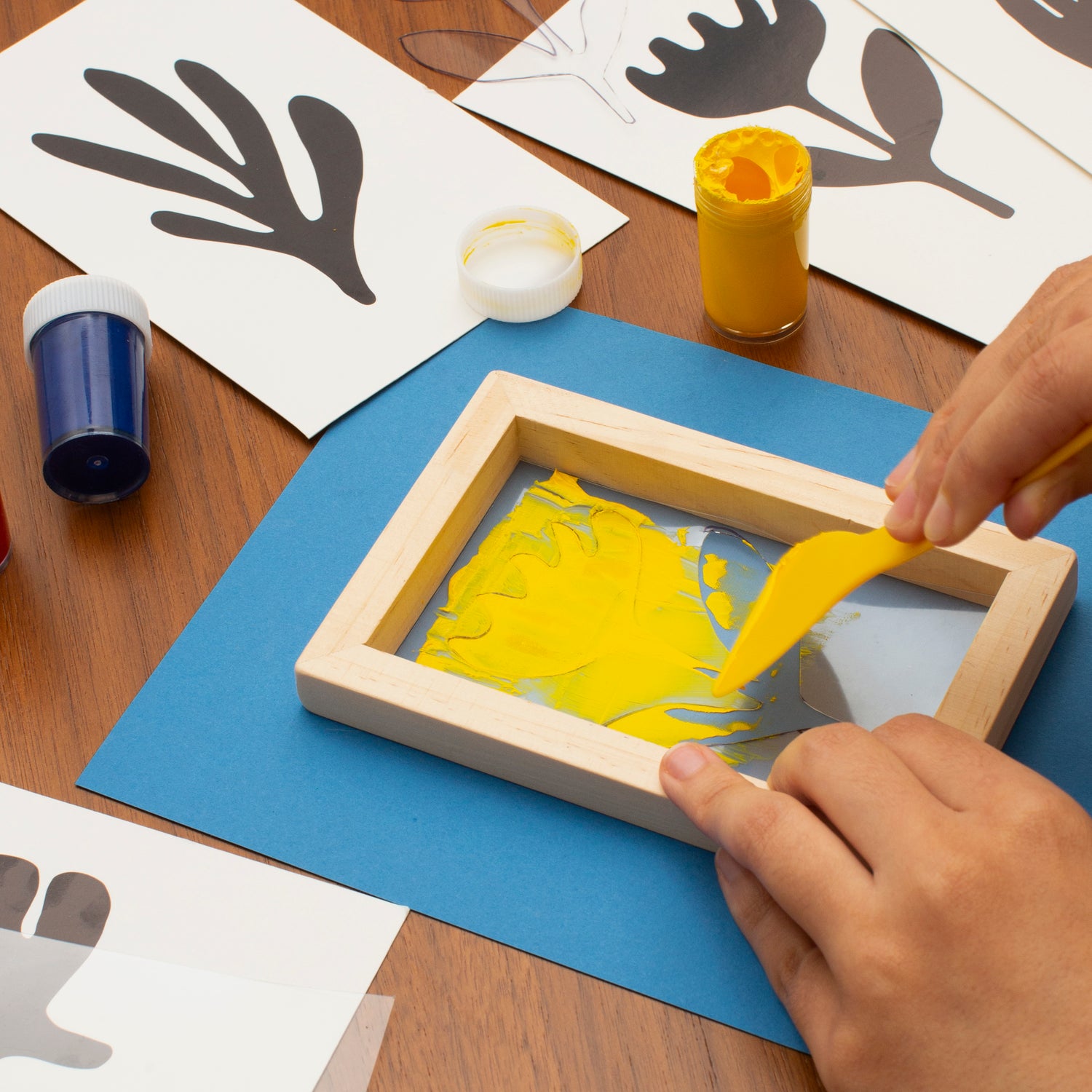The Necessary Guide to Comprehending Screen Printing and Its Versatile Uses
Screen printing has an abundant history that goes back to ancient times, progressing right into an advanced strategy made use of throughout different markets today. This guide checks out the ins and outs of the screen printing procedure, outlining its applications in marketing, home, and fashion décor - 10:9 Design Texas. Comprehending these basics can open creative capacity for both commercial and creative jobs. The adhering to sections will disclose vital ideas and strategies to boost one's screen printing undertakings
The Background of Screen Printing
Screen printing has origins that map back centuries, its development mirrors the imaginative and technical developments of numerous societies. Originating in ancient China, the technique was initially utilized for enhancing textiles and later infect Japan, where it came to be essential to Ukiyo-e woodblock printing. The technique changed to Europe in the 18th century, where it acquired popularity among craftsmens and business printers. The invention of photo emulsion in the 20th century revolutionized screen printing, permitting more elaborate styles and better efficiency. Musicians like Andy Warhol further moved its appeal, making use of the medium to produce legendary works that mixed commercialism and fine art. By the late 20th century, screen printing had actually established itself as a versatile technique, used in vogue, advertising and marketing, and art. Today, it remains to advance, integrating digital modern technology and increasing its applications throughout numerous markets.
The Screen Printing Refine Explained
Screen printing changes artistic visions into tangible layouts through a series of exact steps. Originally, a picture is produced and after that transferred onto a screen, generally made of fine mesh material extended over a framework. A light-sensitive solution is applied to the screen, which is revealed to light, setting in areas not covered by the image. After rinsing the unhardened solution, a pattern is formed.
Next, the screen is put over the substrate, whether it be material, paper, or one more product. Ink is then pressed through the open locations of the pattern utilizing a squeegee, transferring the style onto the substrate below. This procedure can be duplicated for several shades, needing different displays for each and every shade. Finally, the printed item is treated utilizing heat to guarantee the ink adheres properly, causing a long lasting, vivid style prepared for use.
Sorts Of Screen Printing Techniques

Additionally, specialty methods, such as discharge screen printing, eliminate color from the fabric to create softer prints, while foil screen printing applies metal aluminum foil to accomplish a shiny coating (10:9 Design Company). Each method provides unique features, dealing with various innovative needs and manufacturing scales, eventually expanding the opportunities within the screen printing domain
Applications of Screen Printing in Various Industries

In addition, the signs and marketing fields use screen printing for developing captivating display screens and banners. This technique allows for bold shades and elaborate layouts that capture interest. In electronic devices, screen printing is employed for applying conductive inks to motherboard, important for component connections. Furthermore, the home decoration industry accepts screen printing to generate distinctive layouts on textiles and wall art. On the whole, screen printing acts as a crucial tool throughout varied click areas, improving items with personalized and aesthetically appealing graphics.
Tips for Effective Screen Printing Projects
While carrying out a screen printing task, mindful attention to information can considerably enhance the final end result. Initially, selecting high-quality materials is necessary; this includes the screen, inks, and substrates. Making use of ideal mesh counts can influence ink deposition and detail resolution. Prep work is similarly important; comprehensive cleaning of displays and appropriate exposure navigate here times assure crisp prints.
Next off, exact enrollment is critical for multi-color prints. Utilizing positioning tools can aid attain accurate layering. Furthermore, screening prints on scrap products prior to manufacturing helps identify prospective problems without wasting sources.

Often Asked Inquiries
What Materials Are Finest for Screen Printing on Material?
Cotton and polyester blends are perfect for screen printing on material because of their durability and ink absorption. Additionally, specialized textiles like silk or canvas can create unique textures and coatings, enhancing the general design top quality.
Exactly how Do I Tidy and Maintain Screen Printing Tools?
To cleanse and preserve screen printing devices, one must frequently clean screens with proper solvents, evaluate mops for wear, lubricate moving parts, and store all products in a dry, dust-free atmosphere to prolong their life-span.
What Are the Environmental Influences of Screen Printing?
Screen printing can have significant ecological impacts, including chemical waste from solvents and inks, water usage during cleaning processes, and energy usage. Lasting methods and green materials are necessary for minimizing these negative effects.
Can Screen Printing Be Done at Home Effectively?
Screen printing can be effectively done at home with the right products and methods. Hobbyists can create top quality prints, though success depends on their ability level, equipment, and understanding of the process involved.
What Are the Costs Related To Beginning a Screen Printing Company?

Beginning a screen printing company entails prices for equipment, products, and work space. Preliminary expenses typically range from a few hundred to several thousand bucks, depending on the range, quality of equipment, and preferred manufacturing capability.
Screen printing has a rich history that dates back to old times, progressing right into an advanced strategy made use of across various industries today. An additional method, rotating screen printing, employs round displays, helping with continuous printing on textile rolls, therefore enhancing efficiency for large productions. Additionally, specialized methods, such as discharge screen printing, remove color from the fabric to produce softer prints, while aluminum foil screen printing applies metallic foil to achieve a shiny surface. In the style field, screen printing is extensively used to create vibrant layouts on apparel, making it possible for brands to showcase their special styles. Cotton and polyester blends are optimal for screen printing on material due to their toughness and ink absorption.